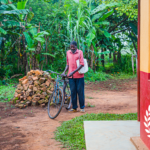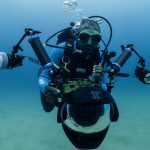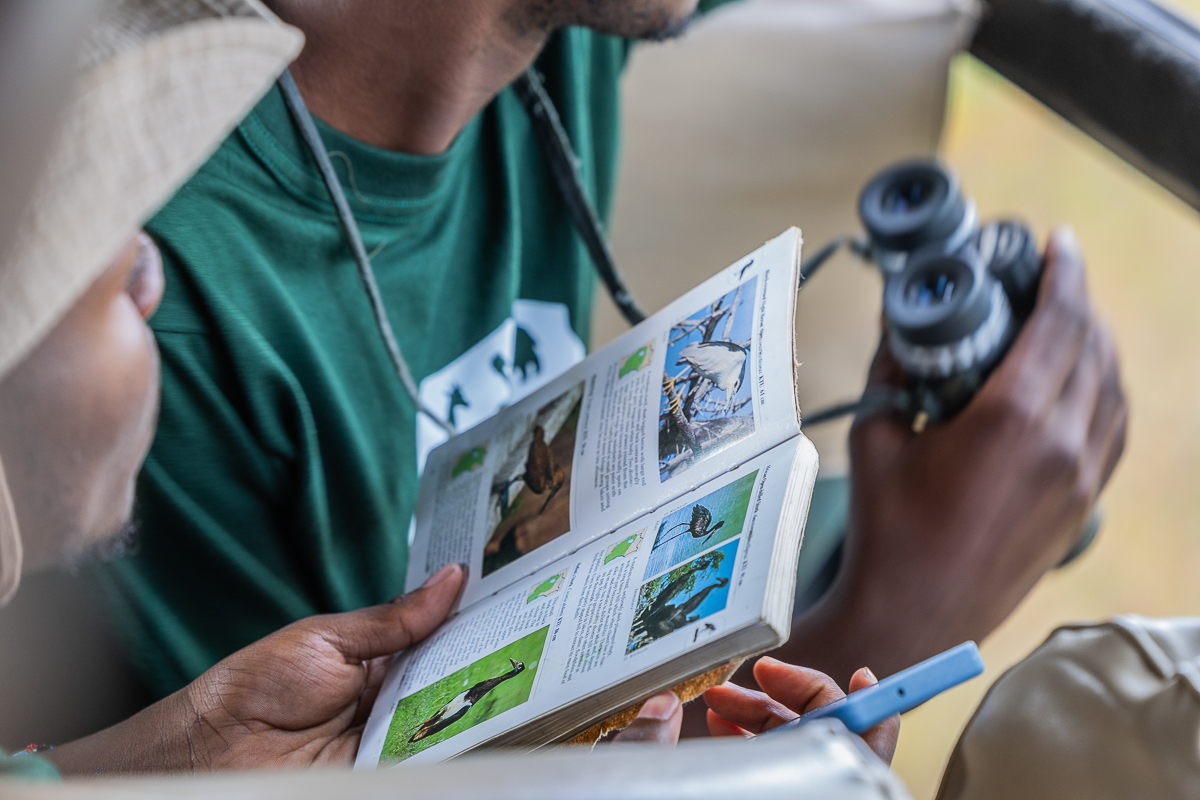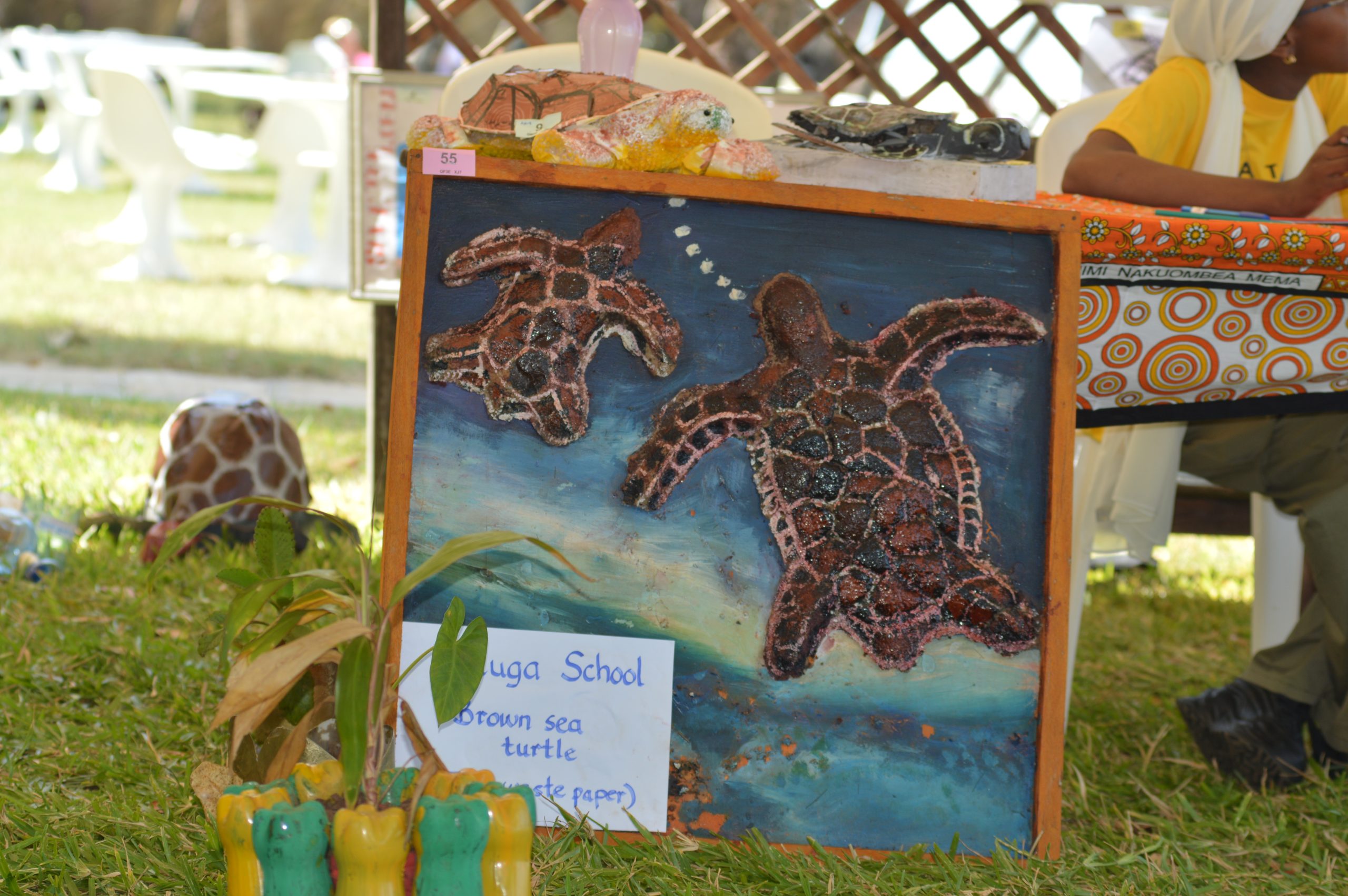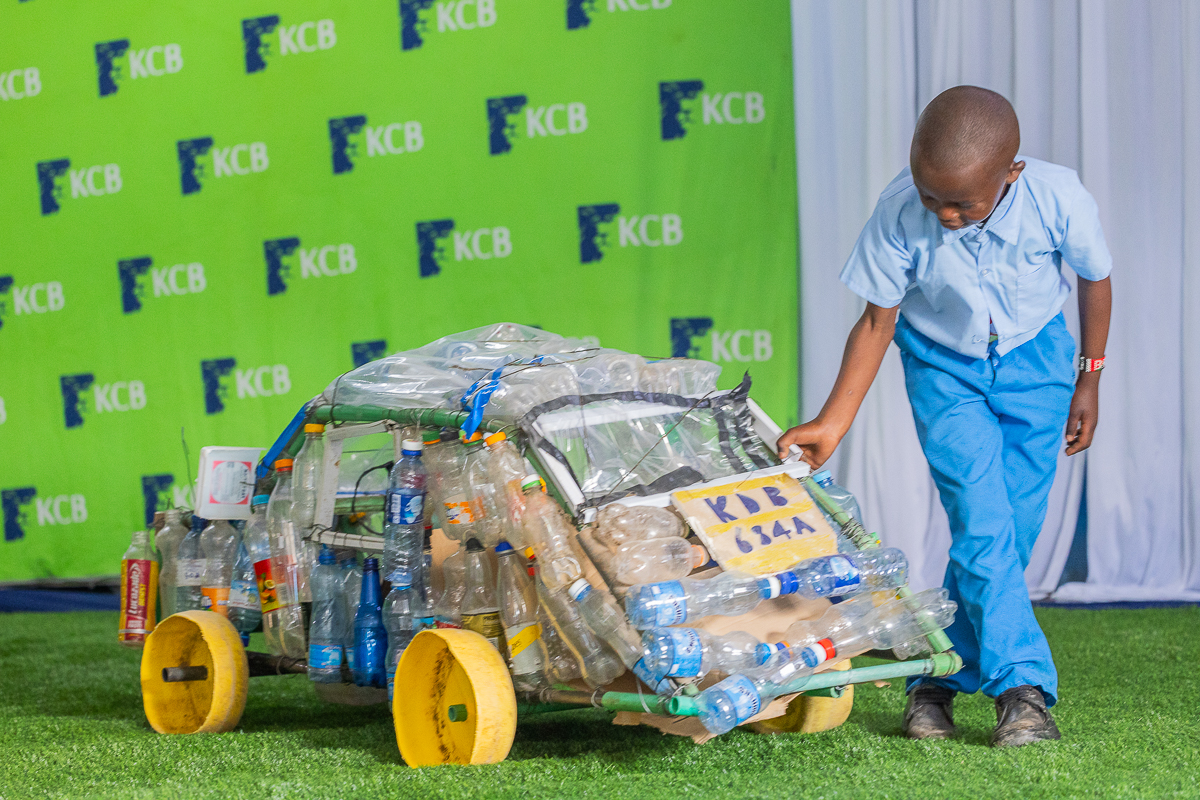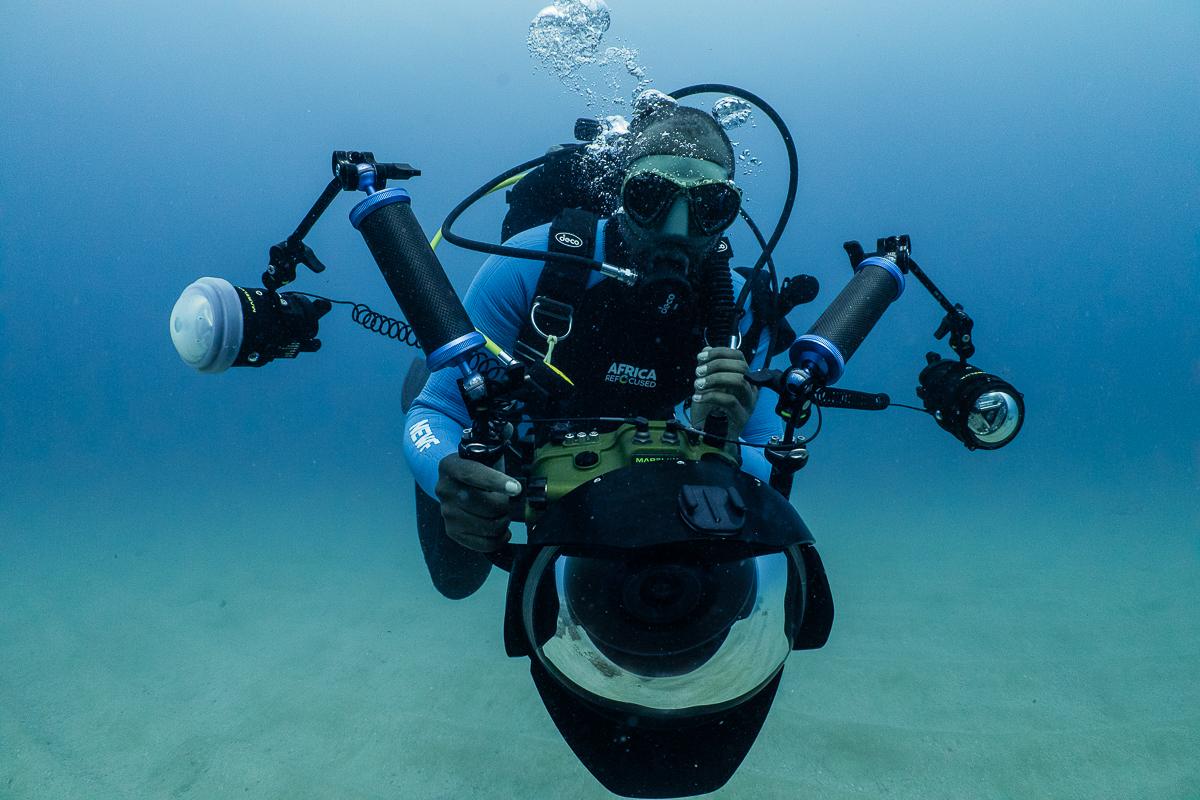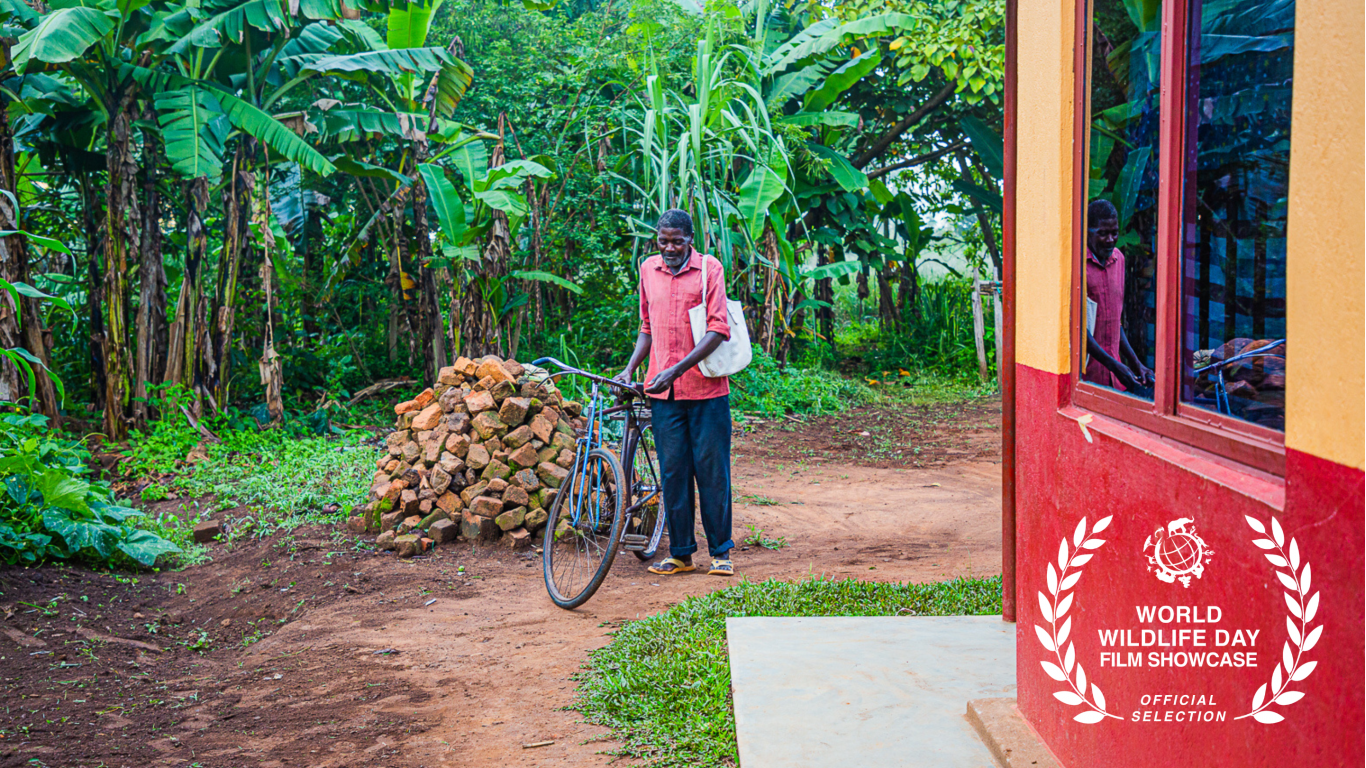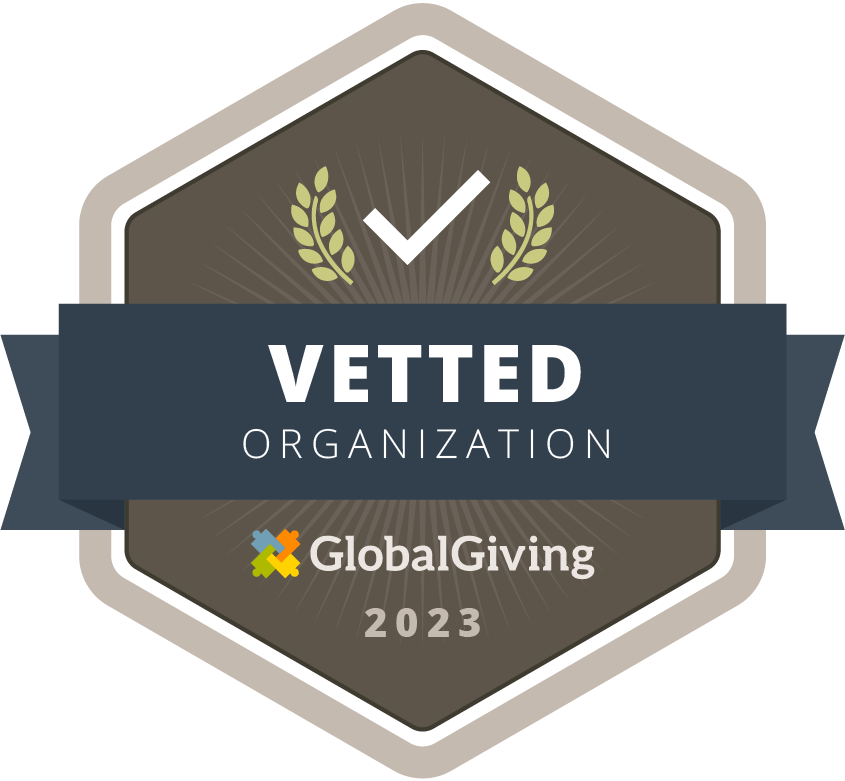For many participants, this was their first encounter with a digital camera. Out of the twenty eager learners, only five had previously held one. Guided by Beryl Muga, the Storytelling coordinator TonyWild Foundation, they began with the fundamentals: understanding camera settings, framing, and the essence of a compelling photograph. These lessons were more than technical; they were a gateway to seeing their environment with new eyes.
The salty breeze of the Indian Ocean carried whispers of excitement as twenty young minds gathered in the heart of Lamu, cameras in hand, notebooks in place, ready to embark on a transformative journey. From August 19th to 23rd 2024, the TonyWild Foundation, in collaboration with Lamu Marine Conservation Trust(LaMCoT)/Bahari Yetu Festival and with the generous support of the Embassy of Portugal in Nairobi, held a five-day Conservation Photography Workshop; an initiative designed to teach the art of visual storytelling while nurturing environmental awareness.
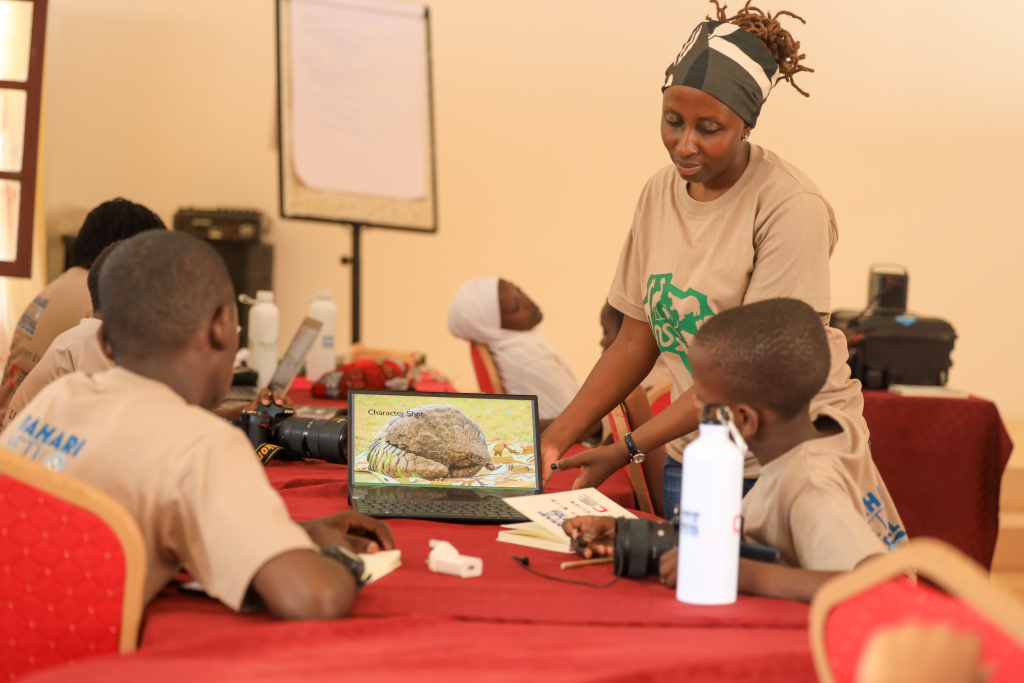
Empowering Youth through Conservation Photography
TonyWild Foundation’s Visual Ecological Literacy Program (VELP) aims to enhance youth knowledge and understanding of conservation issues in Kenya and the world while demonstrating how photography can document and communicate these challenges. Many young, aspiring conservation photographers lack access to equipment and the skills to develop this craft. Through VELP, the TonyWild Foundation inspires and empowers children and youth to take the lead in resolving local environmental challenges through storytelling, equipping them with both technical and creative skills.
In partnership with the Lamu Marine Conservation Trust, the initiative selected 20 students and youth from schools and communities across the Lamu Archipelago to participate in the workshop. The selected participants, aged 13 to 24, were chosen for their enthusiasm for photography and passion for conservation storytelling, with a focus on reaching those from marginalized or underserved communities who lack access to photography education and equipment.
The program, scheduled over the school holidays, consisted of a mix of indoor and outdoor classes led by skilled facilitators in both conservation photography and environmental education. Students were introduced to the fundamentals of camera use, composition, and framing before transitioning into guided conservation storytelling sessions. Working in groups, they identified and documented local environmental challenges and conservation efforts, culminating in a compelling narrative through photography.
From Theory to Practice: Learning Through the Lens
For many participants, this was their first encounter with a digital camera. Out of the twenty eager learners, only five had previously held one. Guided by conservation photographer Beryl Muga, they began with the fundamentals: understanding camera settings, framing, and the essence of a compelling photograph. These lessons were more than technical; they were a gateway to seeing their environment with new eyes.
The training quickly transitioned from theory to practice. From the second day, the participants went out into the streets of Shella, capturing the intricate balance between nature, domestic life, and human life. They observed the beauty of Lamu’s culture; the wooden dhow boats, beautifully crafted streets and the ancient Swahili architecture standing resilient against time. But amid this beauty, another story unfolded; one of plastic pollution creeping into these pristine landscapes.
Recognizing the power of storytelling, the students collaborated on a project titled The Plastic Problem, documenting the impact of waste on their communities. With every click of the shutter, they captured discarded bottles washed up on the shores, livestock grazing amid plastic debris, and community members working tirelessly to clean up their environment. They were not just photographers; they were conservationists in action.

Showcasing Conservation Narratives at Bahari Yetu Festival in October 2025
Their dedication culminated in a creative showcase at the Bahari Yetu Festival on October 10. A selection of the most compelling images was displayed for public viewing, inviting local and national audiences to witness the power of conservation storytelling. Participating schools were invited to celebrate their students’ work, and awards were presented to recognize outstanding contributions. Each image told a story—a visual plea for change. In a spirited competition, Collins Muna and Athman Mohamed Ali’s striking image of a donkey navigating through plastic waste won first prize, powerfully illustrating how pollution affects both wildlife and local livelihoods. Other participants, such as Christine Kerubo and Omary Abdallah, creatively showcased the potential of recycling, earning recognition for their artistic expression in environmental preservation.
Celebrating the Winning Entries
Each photograph taken during the workshop told a unique story, shedding light on conservation challenges and the community’s resilience in addressing them. These winning images stood out for their composition, message, and impact.
First Prize: The Silent Victims of Plastic Pollution
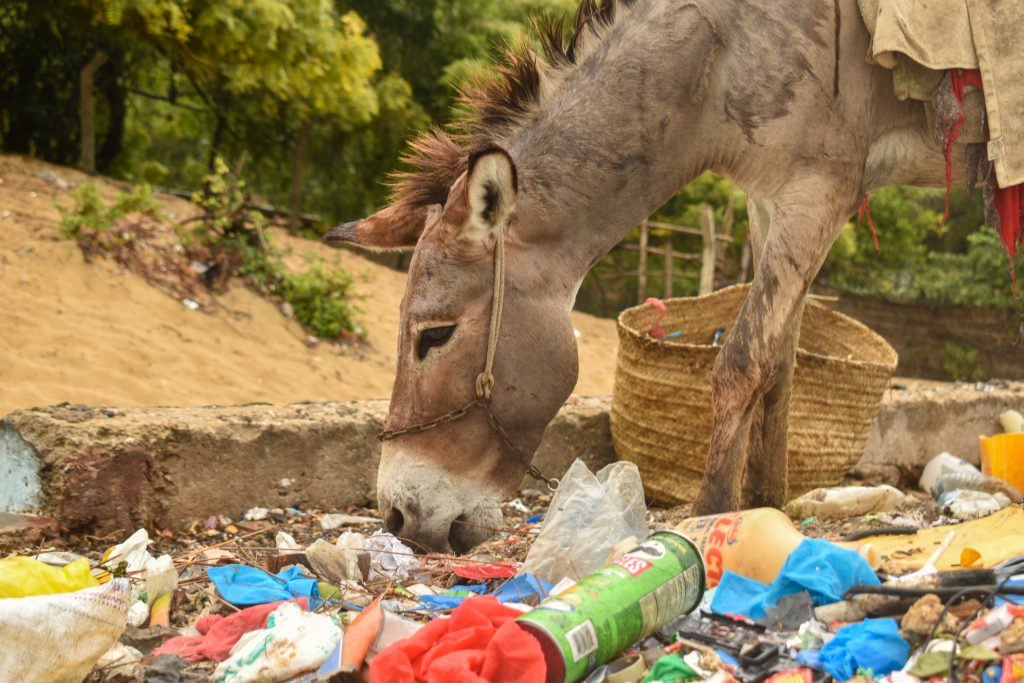
Photographers: Collins Muna and Athman Mohamed Ali
A striking image that demands attention—this photograph captures a donkey rummaging through plastic waste, a haunting representation of how pollution affects both wildlife and livestock. The judges were moved by the stark contrast between the natural environment and human-induced waste. The sharpness of the image, the expressive details, and the emotional depth made it a deserving winner. It is a call to action, highlighting the need for responsible waste management.
Camera: Nikon 3500
First Runner-Up: A New Perspective on Recycling
Photographers: Christine Kerubo, Omary Abdallah, and Mahajj Said
Art meets sustainability in this mesmerizing image of repurposed plastic bottles and bottle caps. The photographers creatively framed an array of discarded plastics, transforming them into a visually appealing pattern that celebrates recycling. The image invites viewers to rethink waste as a resource and an opportunity for creative innovation. Its clean composition and message of circular economy earned it a well-deserved spot among the top entries.
Camera: Nikon 3200
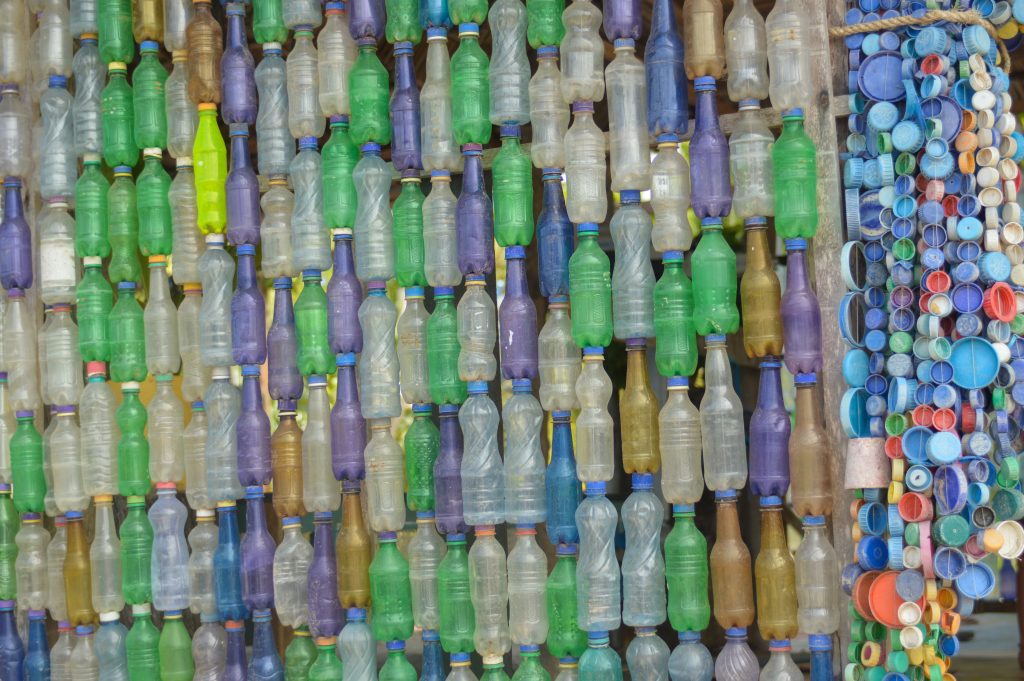
Second Runner-Up: Community Cleanup in Action
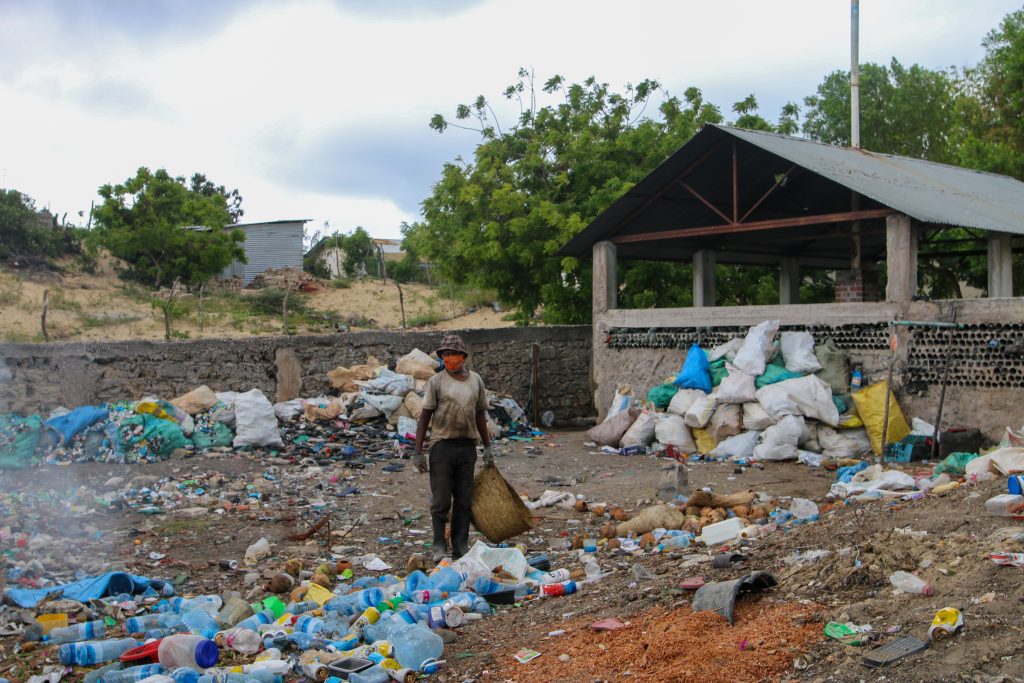
Photographers: Afraythim Nurdin, Jamila Swaleh, Hasnaa Atwaa, Nayrah Hamid, Nawarah Hamid, Rayan Atwaa, and Nihla Khalid
This image captures the dedication and hard work of individuals cleaning up their community. The balanced composition draws attention to both the effort and the sheer scale of the waste collected. The photograph is a testament to the power of community-driven initiatives and how small actions can lead to significant environmental change.
Camera: Canon 70D
Highly Commended Finalists: Honoring Creativity and Impact
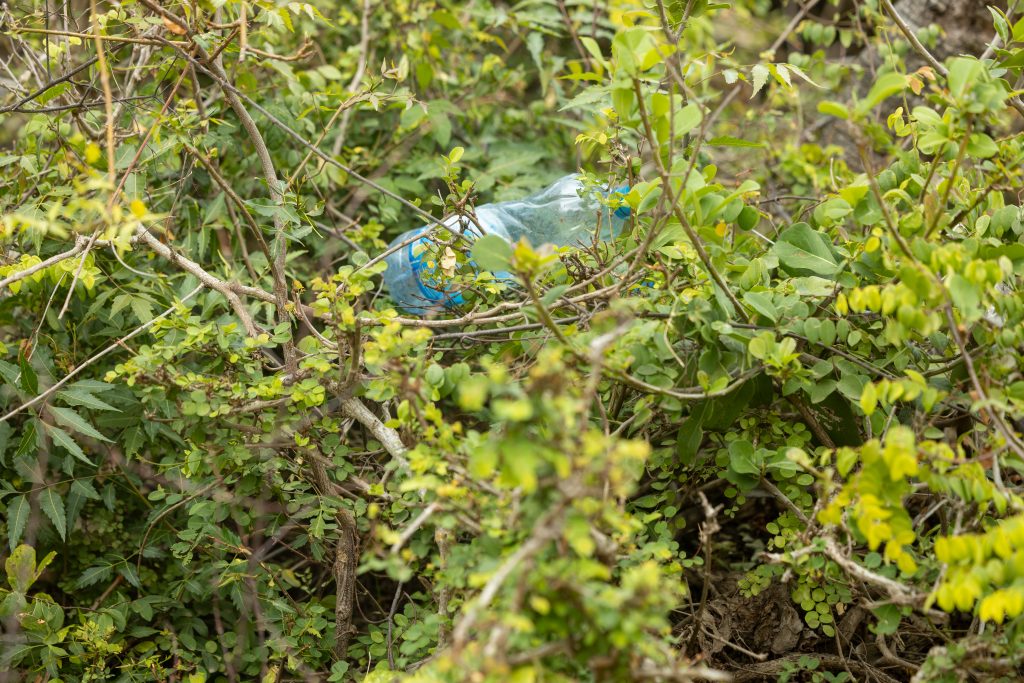
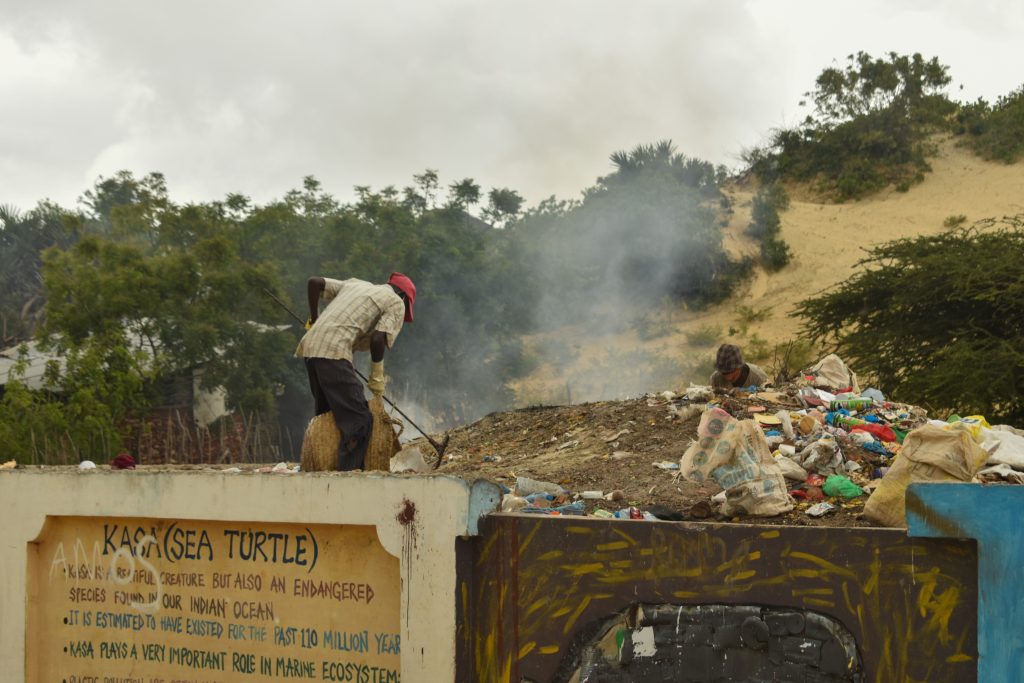
Photographers: Lilian Salama Chengo and Salwa Mahmood
A thought-provoking image that raises questions about plastic pollution’s reach, featuring a plastic bottle lodged within tree branches—an unnatural intrusion into nature.
Camera: Canon R
Photographers: Collins Muna and Athman Mohamed Ali
An action shot highlighting community members engaged in cleanup efforts, reinforcing the importance of active participation in environmental conservation.
Camera: Nikon 3500
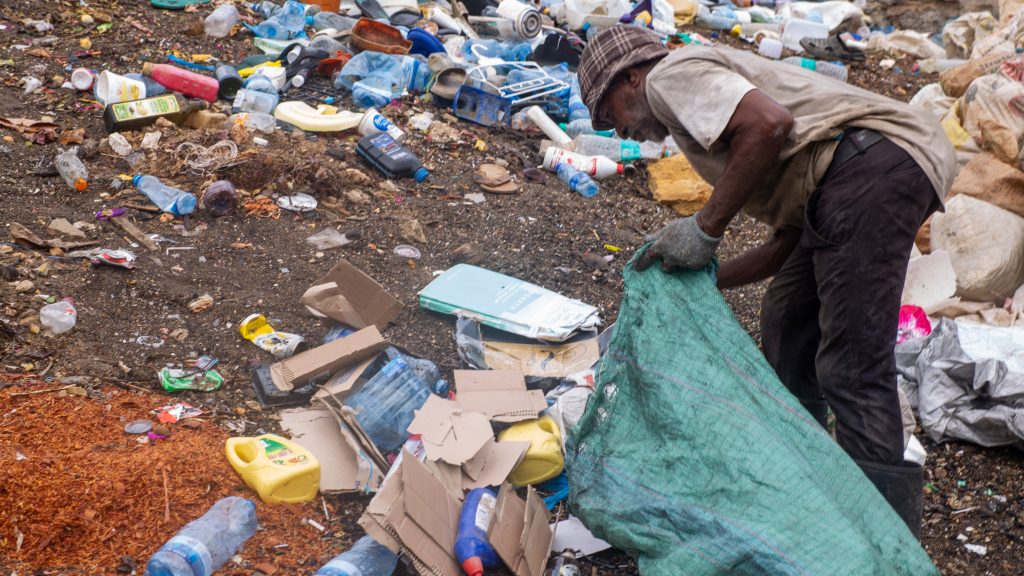
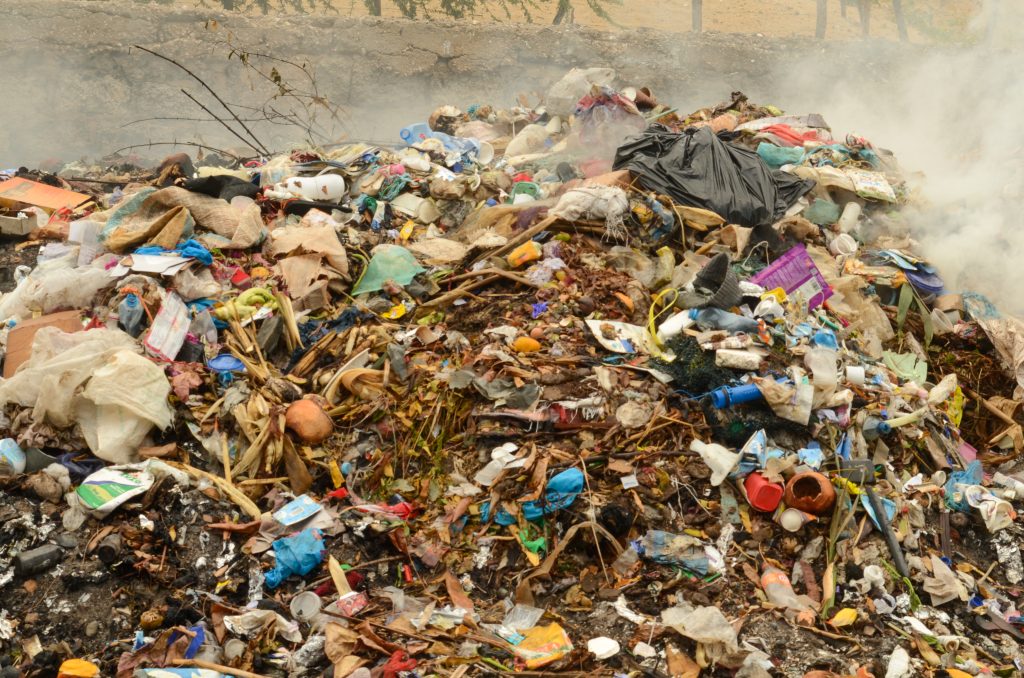
Photographers: Haithar Abdallah, Abdulswamad Ahmed, and Shee Omary
A well-composed image showcasing waste collection efforts, emphasizing the need for sustainable waste management.
Camera: Canon 6D
Photographers: Maryam Ibrahim, Margaret Wamaitha, and Yusufu Suleiman
Strong visual representation of the amount of waste collected, reinforcing the urgent need for environmental action.
Camera: Nikon D7000
Our Take Away
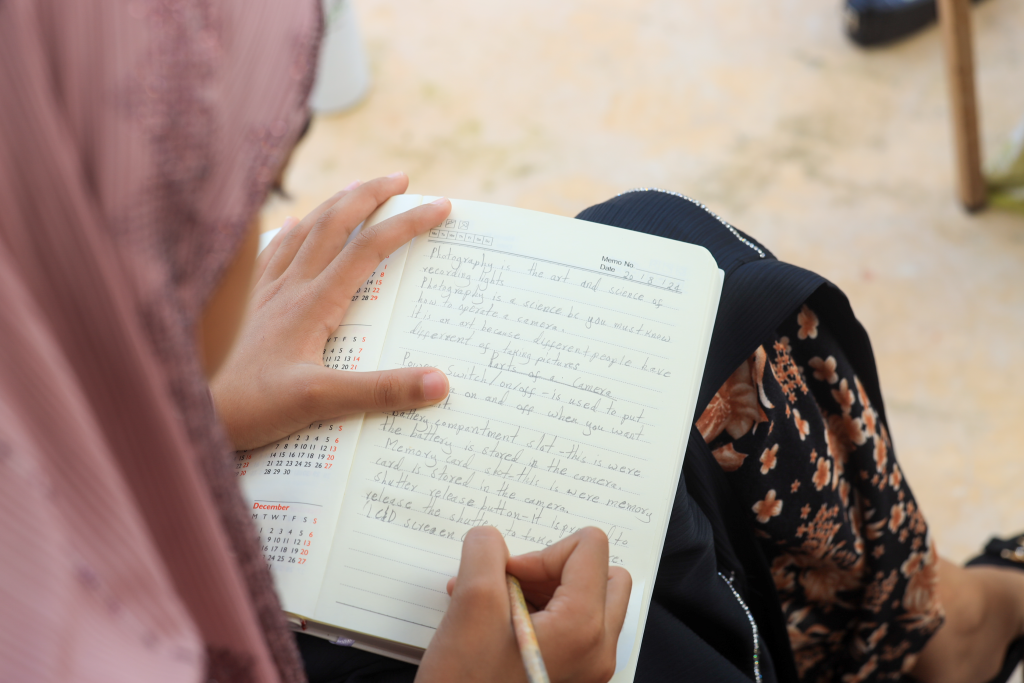
Through these compelling images, the young conservationists have proven that storytelling through photography is a powerful tool for change. Their work serves as both an eye-opener and an inspiration, proving that even the smallest actions can make a difference in protecting our planet.
Through their lenses, these young conservationists documented their world, challenged perceptions, and inspired action. They proved that conservation storytelling is not just about capturing images; it’s about igniting conversations and driving impact.
This initiative was more than a photography workshop; it was a catalyst for change. Through their lenses, these young conservationists documented their world, challenged perceptions, and inspired action. They proved that conservation storytelling is not just about capturing images; it’s about igniting conversations and driving impact.
The young photographers left not just with newfound skills but with a mission: to continue telling the stories of their land, their people, and their environment. In teaching others, the TonyWild Foundation team had learned the true essence of conservation: protecting what we cherish by sharing its story with the world.
Written by Victoria Wanjohi
About TonyWild Foundation:
TonyWild is an African youth-led conservation organization whose focus is to promote conservation action by creating awareness of wildlife through photography, film, and science. We envision a generation that will influence sustainable natural resource management. We work towards this by educating and showcasing the beauty and importance of nature and wildlife.
Learn more about TonyWild here https://www.tonywild.co.ke/
Sign up for free class
It’s easy and free!

